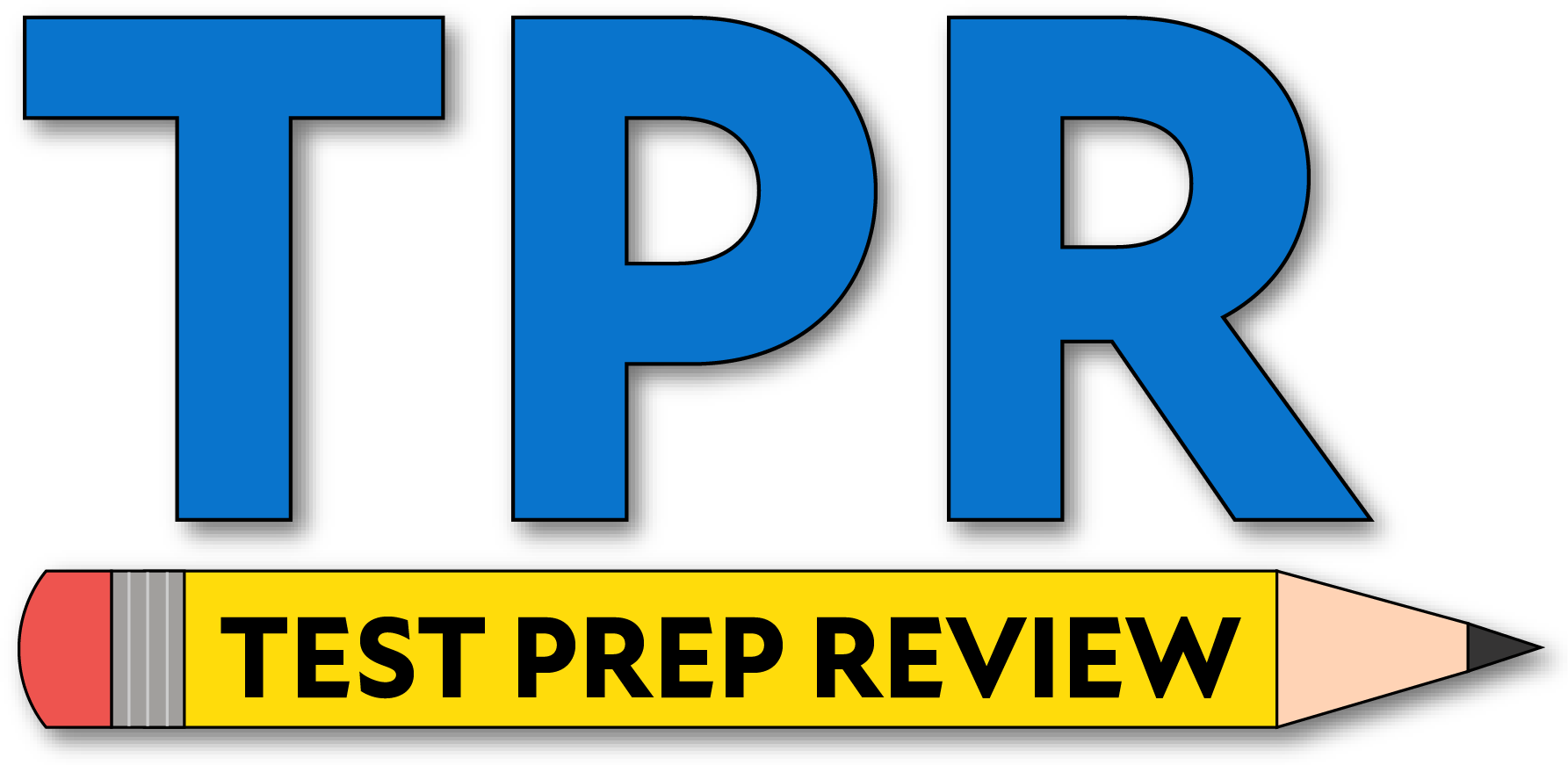There are a diversity of learning styles among nursing students. It is important you choose resources like a NCLEX Test Study Guide that fits your individual learning style. Many students also find NCLEX Exam Flashcards helpful, but ultimately your success on the NCLEX is your responsibility.
Both the NCLEX PN test and the NCLEX RN test are variable length, adaptive tests that are given on a computer. The lengths of the examinations are determined by a candidate’s responses to test items, so candidates will have varying examination lengths, as well as varying questions on the exams.
Testing will stop when the minimum number of test items has been answered, and the candidate’s ability is determined to be above or below a passing standard, within a 95% certainty.
Candidates have up to five hours to complete the NCLEX PN test, and up to six hours to complete the NCLEX RN test. These time limits include any necessary breaks as well as any computer tutorial time.
The NCLEX PN and RN tests will each have between 85 and 150 questions. Out of these questions, 25 questions on the NCLEX PN test are pretest questions, which are not scored. On the NCLEX RN test, 15 questions will also be pretest questions.
All questions that are presented must be answered, and candidates are instructed to make their best guess if they do not know the answer to a particular test item.
Most of the test items are multiple choice in format, but there are some other formats as well. Information about these other test formats can be found in the candidate tutorial on the Pearson VUE website or on the NCSBN website.
NCLEX Practice Tests
Both the NCLEX PN test and the NCLEX RN test are based on four major client needs categories. These categories make up the test plans for the exams. For the NCLEX PN test, the client needs categories are safe and effective care environment (further broken down into coordinated care and safety and infection control), health promotion and maintenance, psychosocial integrity, and physiological integrity (further broken down into basic care and comfort, pharmacological therapies, reduction of risk potential, and physiological adaptations).
Typical percentages of questions on the NCLEX PN exam are as follows:
- 11%-17% coordinated care
- 8%-14% safety and infection control
- 7%-13% health promotion and maintenance
- 8%-14% psychosocial integrity
- 11%-17% basic care and comfort
- 9%-15% pharmacological therapies
- 10%-16% reduction of risk potential
- 12%-18% physiological adaptations
The client needs categories on the NCLEX RN test are safe and effective care environment (further broken down into management of care and safety and infection control), health promotion and maintenance, psychosocial integrity, and physiological integrity (further broken down into basic care and comfort, pharmacological and parenteral therapies, reduction of risk potential, and physiological adaptations).
Typical percentages of questions on the NCLEX RN exam are as follows:
- 15%-21% management of care
- 10%-16% safety and infection control
- 6%-12% health promotion and maintenance
- 6%-12% psychosocial integrity
- 6%-12% basic care and comfort
- 13%-19% pharmacological and parenteral therapies
- 9%-15% reduction of risk potential
- 11%-17% physiological adaptations
Taking numerous NCLEX practice tests is recommended for test day success.
NCLEX FAQ
What is the NCLEX RN?
The NCLEX RN exam is a standardized exam used to determine whether or not you are eligible to begin practice as an entry-level nurse.
What is the NCLEX PN?
The NCLEX PN exam is required to become a licensed practical nurse or vocational nurse.
What percentage do you have to get on the NCLEX to pass?
The logit score for the NCLEX is 0.00. This means that you should be answering the moderate-difficulty questions correctly at least 50% of the time.
How many times can you fail the NCLEX?
You can take the NCLEX up to 8 times in one year with a waiting period of 45 days in between each attempt.
Is the NCLEX the same for RN and BSN?
Yes, the NCLEX RN test is the same for RN’s and BSN’s.
Is the NCLEX exam multiple choice?
About 90% of the questions on the NCLEX exam are multiple choice.
How many questions do you need to pass NCLEX?
You will be able to pass the NCLEX exam if you answer at least 50% of the moderately difficult questions correctly.
How much is it to take the NCLEX?
Graduates must pay a one-time fee of $200. This must be done during the registration process.
How long do you have to take your NCLEX after graduation?
You can apply for the test as soon as your graduate. The most common amount of time taken between graduation and taking the test is around 3-5 weeks.
How many times can you retake the NCLEX?
You can take the NCLEX up to 8 times in one year with a waiting period of 45 days between each attempt.
What is the meaning of NCLEX?
NCLEX means National Council Licensure Examination.
How long does it take to get results back from NCLEX?
Your official results will be sent to you approximately six weeks after the exam is taken.
How much time do you have to take the NCLEX?
You will have 5 hours to complete the exam. This includes two 10-minute breaks.
How many days do you have to wait to retake the NCLEX?
You must wait 45 days before retaking the NCLEX.
How long does it usually take to get your ATT for NCLEX?
It should not take any longer than two weeks to receive your ATT from Pearson VUE.
Is the NCLEX timed?
Yes. The maximum time for the NCLEX is 5 hours.
How many questions can you miss on the NCLEX PN?
You must answer at least 50% of the moderately difficult questions to pass the NCLEX PN.
How much does it cost to take the NCLEX PN?
During the registration process, you must pay a one-time exam fee of $200.
NCLEX Study Guide and Online Course
Explore our free NCLEX review provided by Mometrix. Check out our premium NCLEX study guide and online course to take your studying to the next level. If you benefit from these materials, just click the link below! To compliment our NCLEX book, we also offer extensive flashcards for even more NCLEX exam prep help.
We hope you enjoy our products! Your purchase helps us make more great, free NCLEX certification content for test-takers just like yourself.
NCLEX & HESI Self-Assessment Modules
Affiliate disclosure: As an Amazon Associate, we may earn commissions from qualifying purchases from Amazon.com.



 Get Your Study Guide
Get Your Study Guide Get Your Flashcards
Get Your Flashcards
